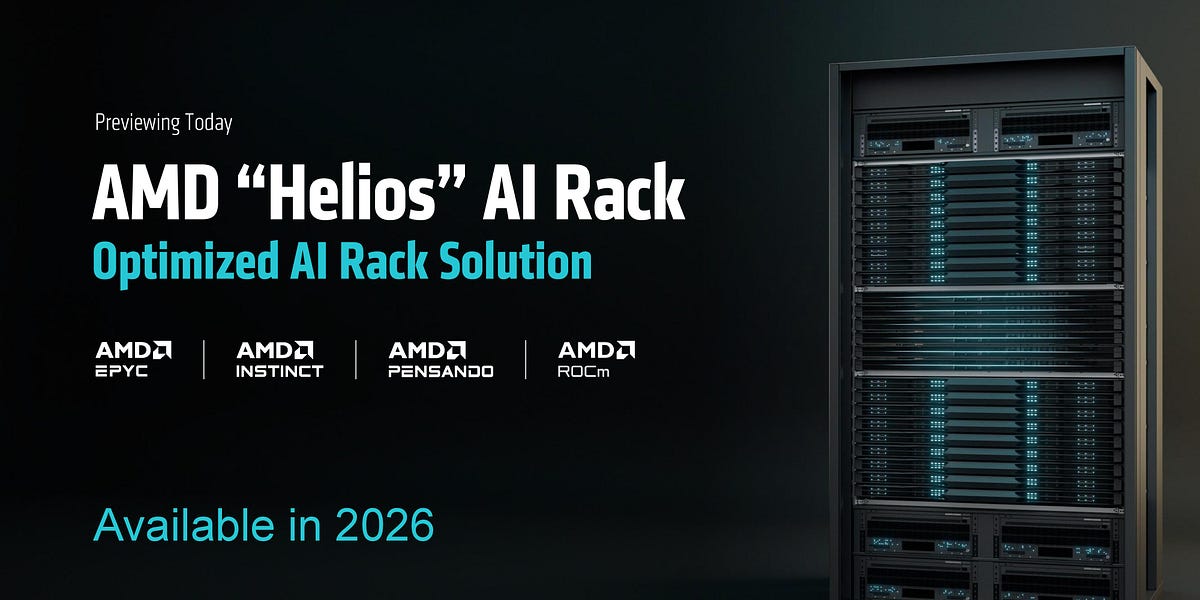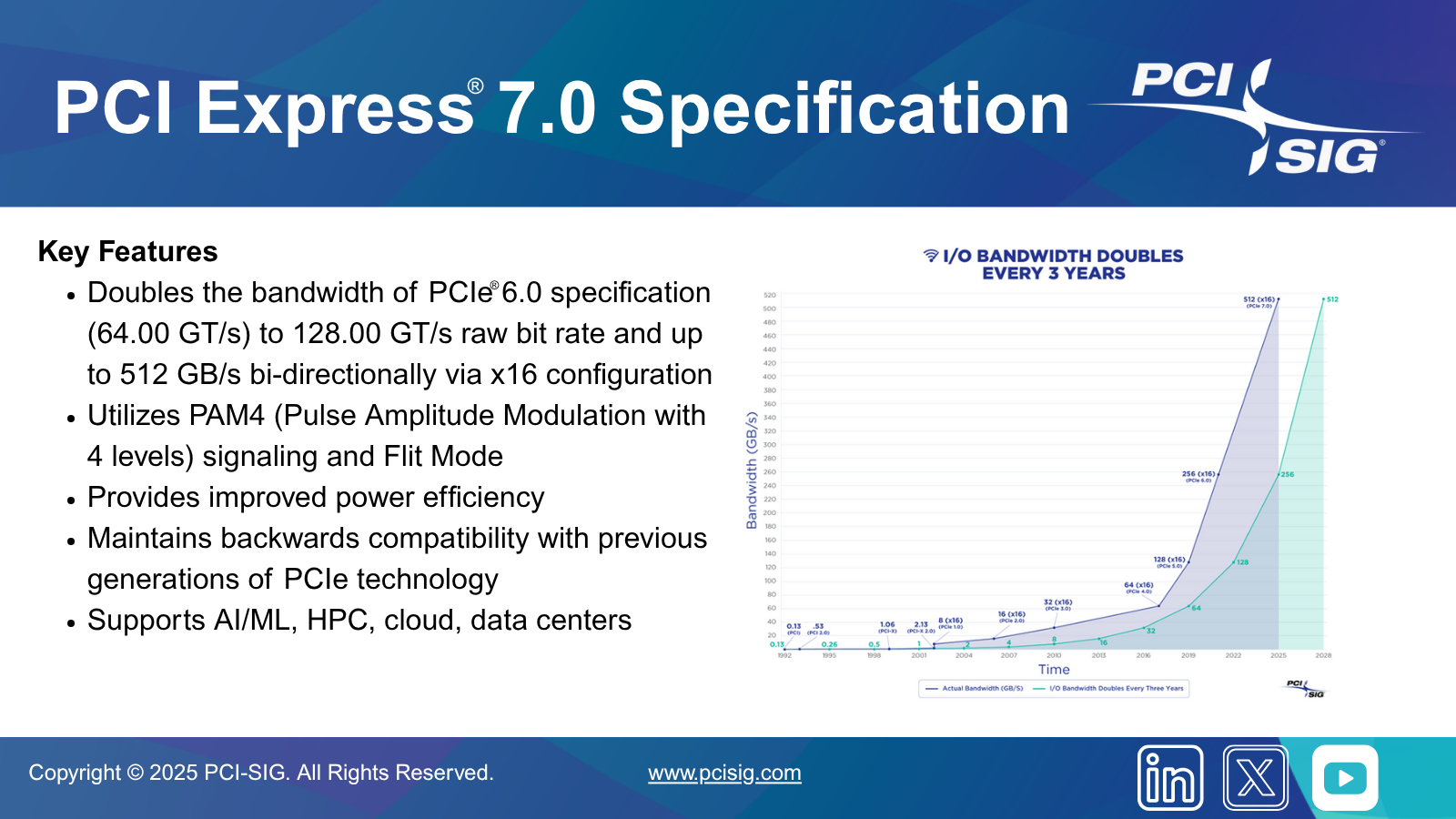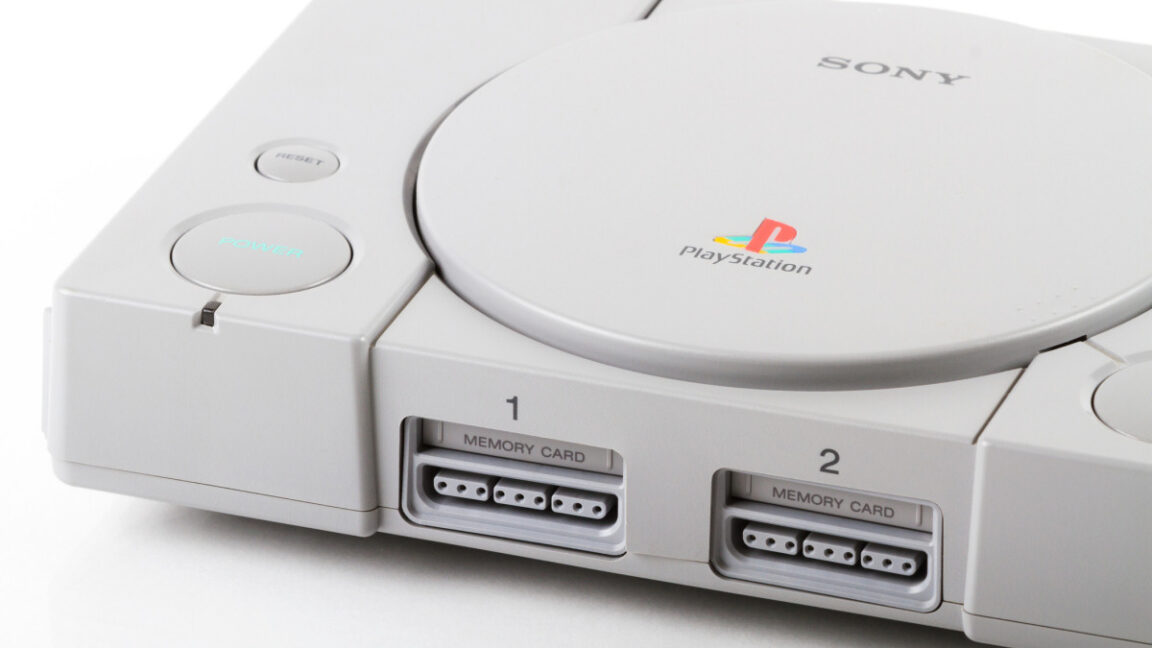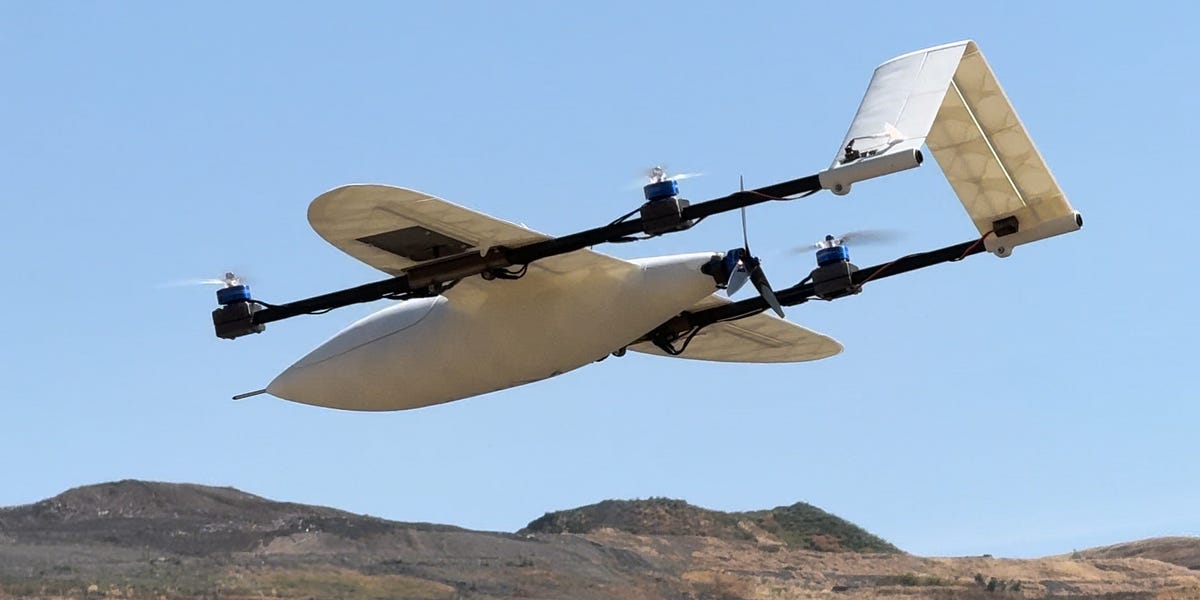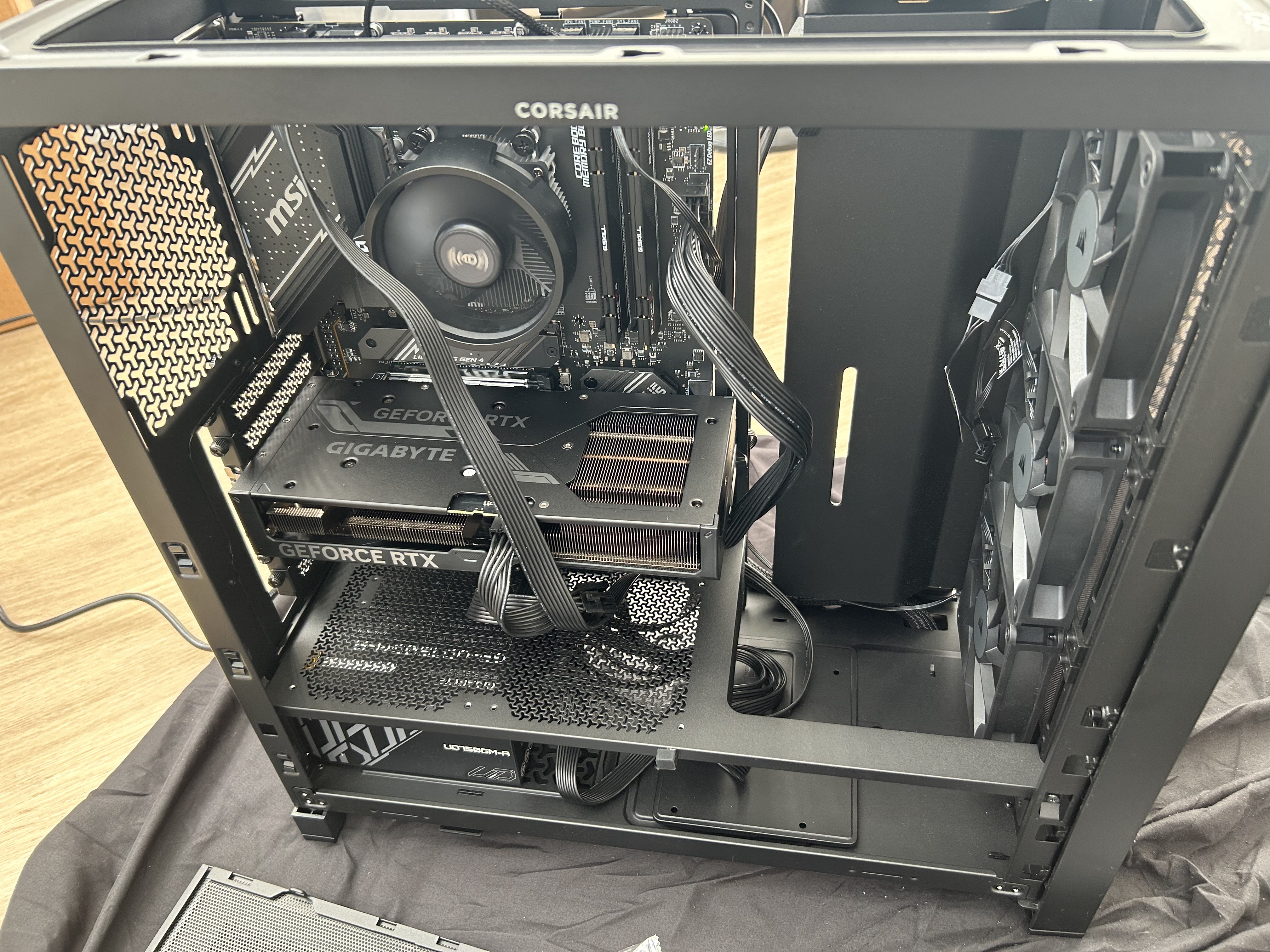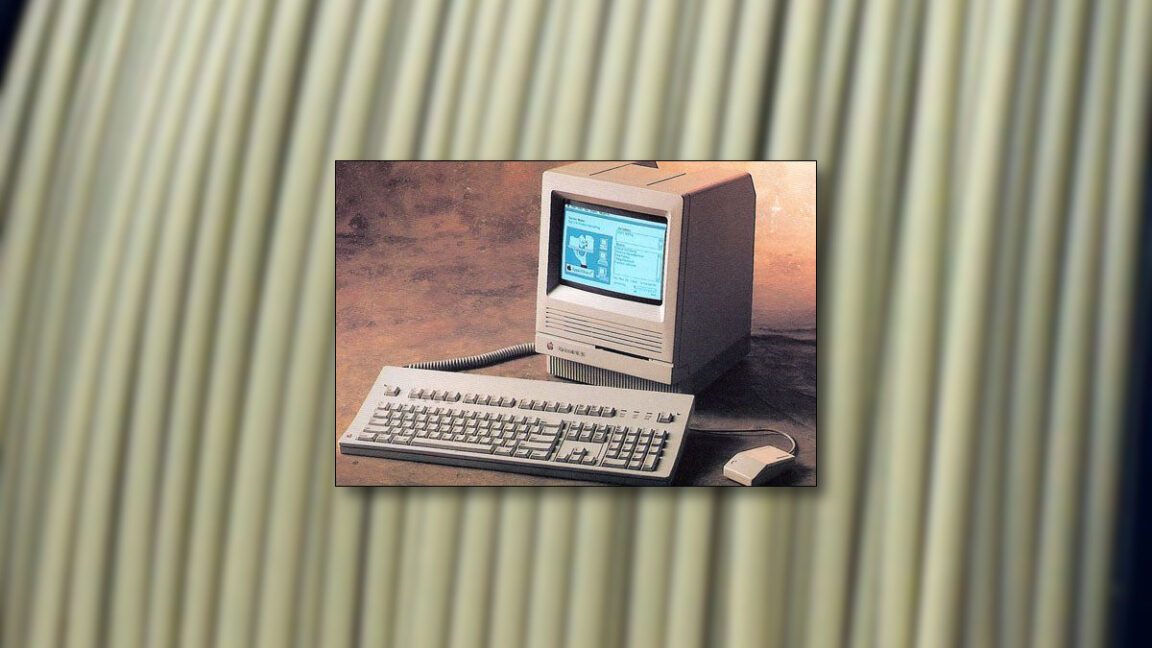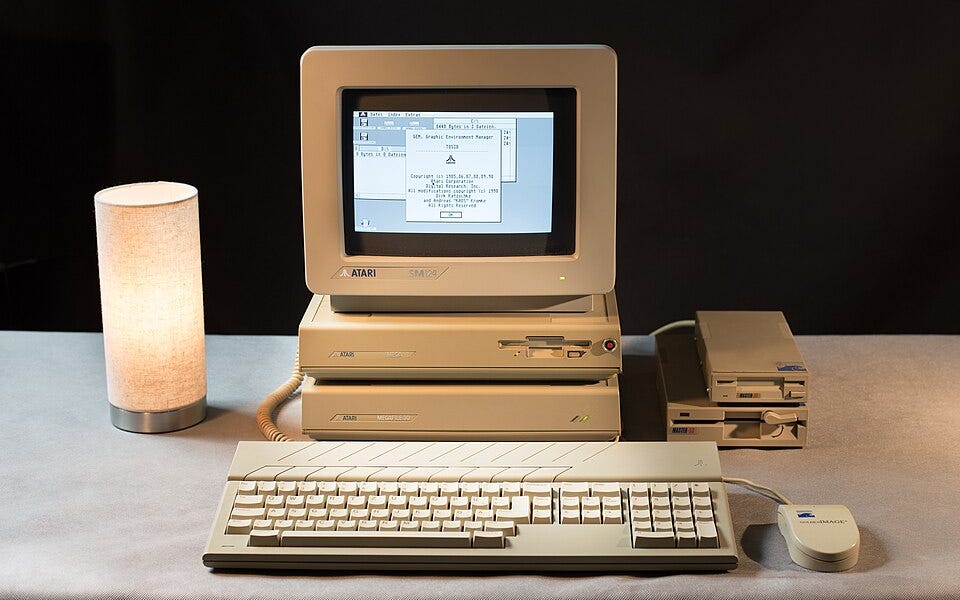Hacking a Dummy Plug's EDID with a Raspberry Pi
The author cleverly used a Raspberry Pi and I2C tools to modify the EDID information of a cheap HDMI dummy plug. By reading and writing new EDID data, the dummy plug was disguised as a 1080p capture device, solving the incompatibility problem with 4K resolution. The whole process details the steps and reminds readers to be careful to avoid damaging the equipment.
